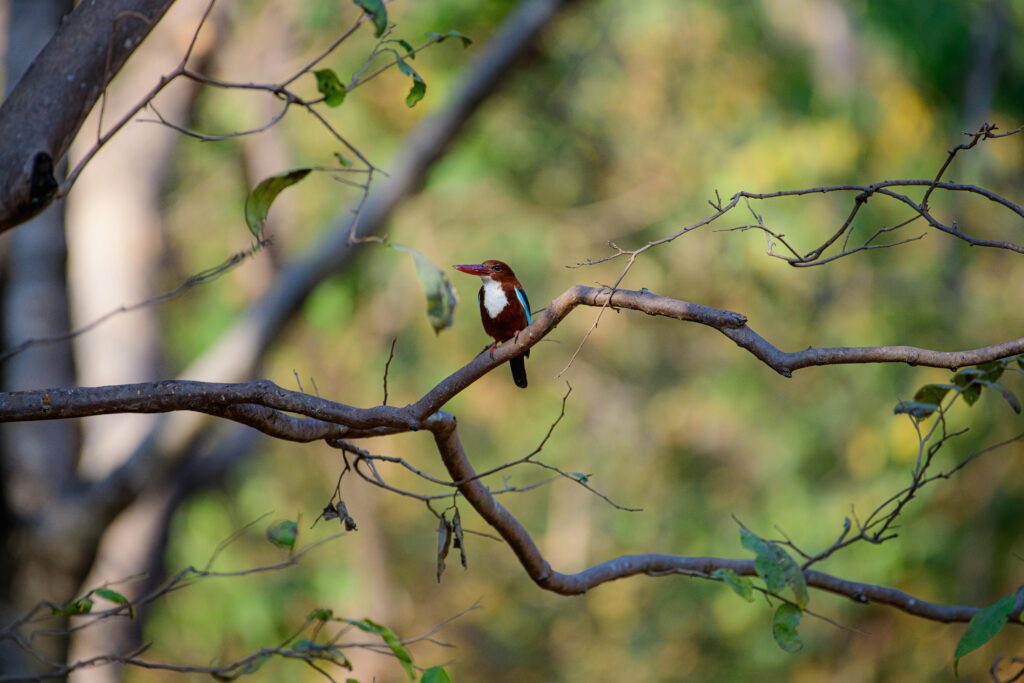
Chhattisgarh, a state renowned for its rich cultural heritage and unspoiled natural landscapes, has become a shining example of sustainable eco-tourism. This innovative model not only promotes environmental conservation but also fosters socio-economic development among local communities, reinforcing the state’s commitment to responsible travel and heritage preservation.
A Vision for Sustainable Travel
The heart of Chhattisgarh’s eco-tourism approach lies in its long-term vision to harmonize tourism with environmental stewardship. The state government, in collaboration with local communities and various non-governmental organizations, has spearheaded initiatives designed to minimize negative environmental impacts while enhancing visitor experiences. The framework of this model includes:
- Environment-First Policies: Tourism practices emphasize minimal ecological disturbance. Strict guidelines are in place to reduce waste, manage natural resources responsibly, and protect wildlife habitats.
- Community-Driven Efforts: Local communities play a vital role, actively engaging in decision-making processes and benefiting directly from tourism through employment and cultural promotion.
- Cultural Preservation: The model prioritizes the conservation of indigenous art, craftsmanship, and traditions, ensuring that visitors experience the authentic culture of Chhattisgarh.
Eco-Friendly Infrastructure and Practices
A key element of this sustainable model is the development of eco-friendly infrastructure. Several notable efforts include:
- Green Accommodations: Eco-resorts and homestays, built using sustainable materials and renewable energy sources, dot the landscape. These establishments offer comfortable stays without compromising on environmental ethics.
- Waste Management Systems: Advanced waste segregation and recycling initiatives have been integrated into tourist hubs. This reduces landfill pressure and safeguards natural ecosystems.
- Eco-Conscious Transportation: The promotion of low-emission transport alternatives and the development of pedestrian-friendly zones in tourist destinations are central to reducing carbon footprints.
These practices not only attract eco-aware travelers but also set a benchmark for other regions aiming to balance tourism and conservation.
Wildlife Conservation and Biodiversity
Chhattisgarh’s diverse ecology, from lush forests to sparkling rivers, is home to a variety of flora and fauna. The state’s eco-tourism framework incorporates robust wildlife conservation measures:
- Protected Areas and Wildlife Sanctuaries: Expanding the network of sanctuaries, the state now ensures that natural habitats remain undisturbed by human encroachment. Tourists are offered guided nature treks that educate them on local biodiversity.
- Conservation Education: Interpretive trails and wildlife conservation centers provide educational experiences to tourists, informing them about endangered species and sustainable interaction with nature.
- Community Participation in Conservation: Local villagers have become active custodians of nature, participating in reforestation projects and anti-poaching initiatives, which have seen a positive impact on the region’s biodiversity.
Socio-Economic Impact and Community Empowerment
Beyond environmental benefits, the sustainable eco-tourism model has stimulated economic growth by empowering local communities:
- Employment Opportunities: By training local youth in hospitality, conservation, and guiding services, the initiative has created a number of job opportunities. This reduces rural unemployment and nurtures a sense of ownership over natural and cultural resources.
- Skill Development Programs: Workshops and seminars focus on sustainable practices, traditional crafts, and organic farming, ensuring that communities are equipped with skills that can support multiple facets of the eco-tourism sector.
- Boosting Local Artisans: Tourism revenues have provided a new market for local handicrafts and traditional food products, preserving age-old skills and cultural expressions while generating sustainable income.
A Model for the Future
Chhattisgarh’s pioneering eco-tourism model is rapidly gaining attention at both national and international levels as a blueprint for sustainable development. It demonstrates that tourism, when managed responsibly, can lead to both environmental preservation and meaningful socio-economic benefits. Authorities are confident that the state’s progressive policies will inspire other regions to adopt similar models, fostering a global movement towards sustainable travel.
As eco-tourism continues to emerge as a key strategy in the tourism industry, Chhattisgarh’s efforts underscore the importance of marrying economic progress with environmental integrity. This model stands as a testament to what is achievable when governments, local communities, and eco-conscious travelers work in harmony.